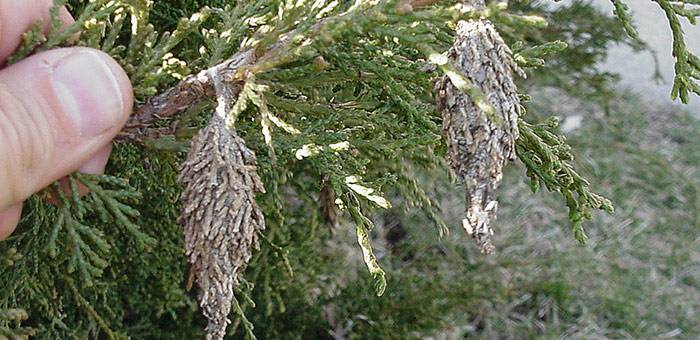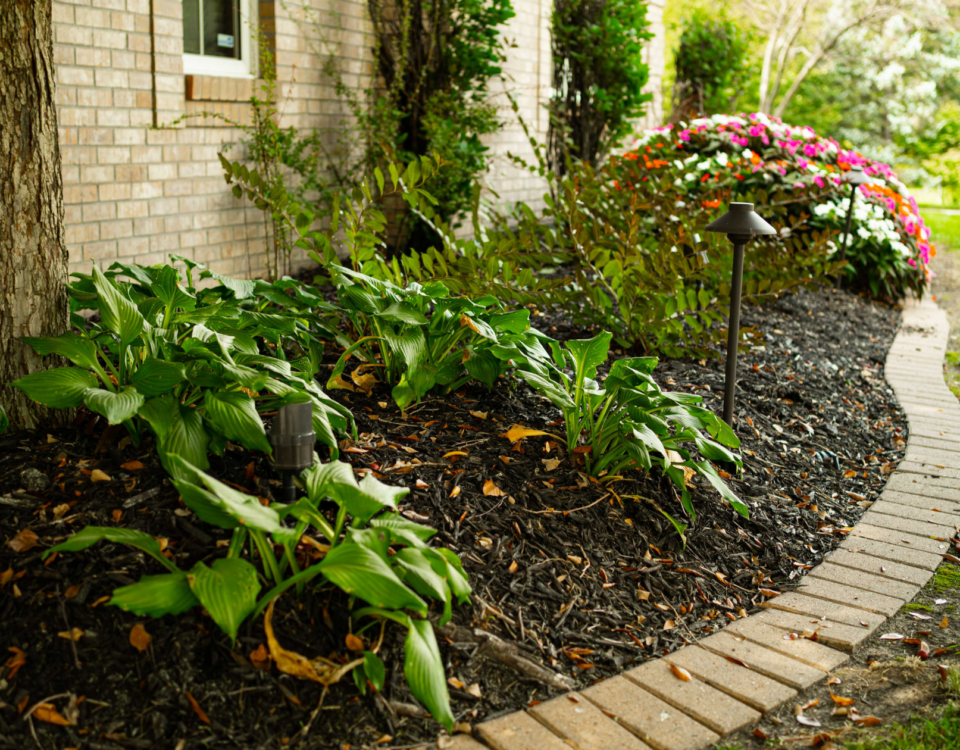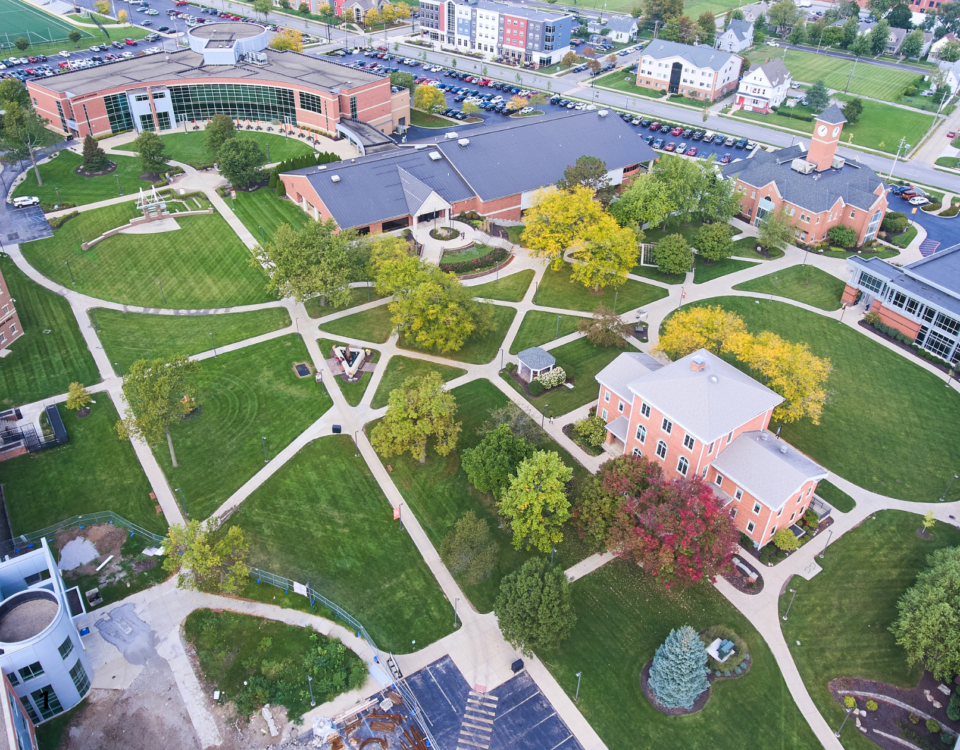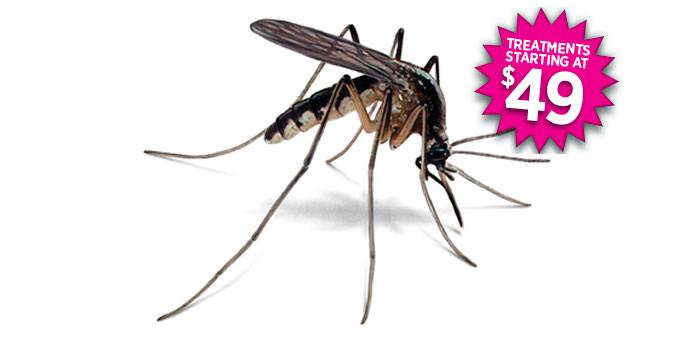
NEW! Mosquito Repellent Program
May 22, 2020
Nebraska’s Most Common Landscape Weeds
June 16, 2020Have you or your neighbors seen evidence of bagworms among your trees and shrubs? These pests are some of the most frustrating creatures that homeowners have to deal with, wreaking havoc on trees and shrubs of many varieties.
Though they prefer evergreens like juniper, cedar, and spruce, bagworms will attach themselves to more than 120 different types of trees if given the opportunity. Read on to learn more about what to look for, what kind of damage bagworms can do, and what you can do to fight back.
Appearance
When you hear the name “bagworm” you might start looking for something resembling a typical worm. “Bag” is actually the key word here. In order to identify the presence of bagworms, you’ll want to identify their 2” long brown, camouflage cocoons that hang from tree branches like a pine cone.
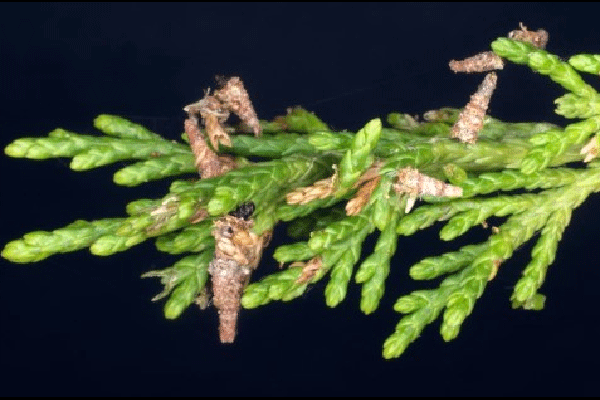
These are their homes, where they lay between 500 and 1000 eggs and bide their time until late spring or early summer when the tiny larvae emerge and use their silk thread to migrate to other trees and begin building new bags there.
Damage
Unfortunately, it’s not just the presence of these unsightly bags that causes trouble. Once the bagworms find a tree, they start to feed on its buds and foliage. The more they eat, the more that sections of the tree begin to appear brown and die.
Bagworms are especially damaging to conifers because their foliage does not regenerate. In particularly bad cases of infestation, trees that sustain more than 80% damage could die completely.
Treatment
So, what can you do to keep bagworms away from your trees or get rid of them if they have already begun their infestation? The old fashioned and labor intensive way is to physically remove the bags in early spring before the eggs hatch and destroy them in soapy water (don’t leave them on the ground or they could get back into the tree).
If the eggs have likely begun to hatch or you don’t have that kind of time and patience, you’ll want to explore your options with insecticidal spray applications. Insecticides are most effective when applied during the early stages of bagworm development, typically from late May to mid-June when bags are less than ½” long, through the end of their feeding cycle which usually ends in late August.
If you are seeing evidence of bagworms on your evergreens and would like to schedule a treatment or just learn more about the process, get in touch with us today!
Call 402.972.8603 or Contact Us


